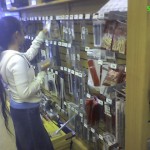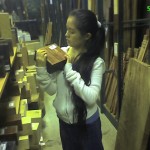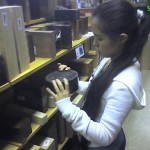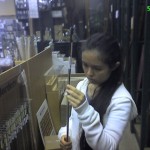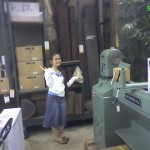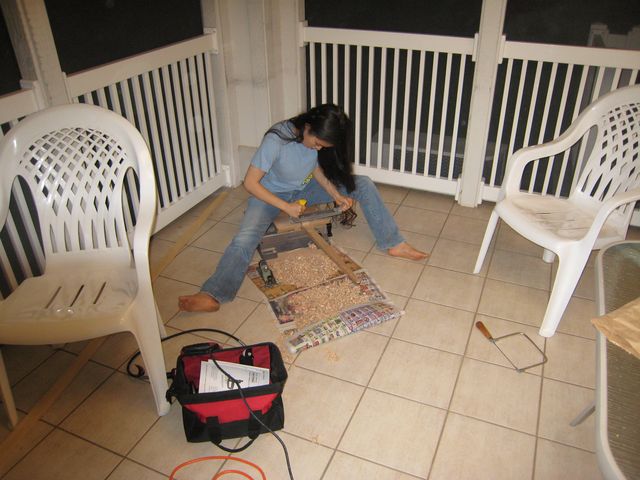 (Worked on May 9,10,11,12,13,14,15,16,17,18 2009)
(Worked on May 9,10,11,12,13,14,15,16,17,18 2009)
I decided to plane down the belly- which worked very well. However, once I’d finished planing down to my guidelines, I realized that my bow still didn’t bend. Despite the large amount of wood I’d shaved off, the bow was still quite rigid. Another small problem was that the plane couldn’t get all the way to the end of the belly near the riser, since the plane ran into the riser. I probably should have planed the bow before I’d put the riser on, but I figured I needed to test the bow’s bend with the riser on, since I didn’t want the wood to warp too much where the riser was supposed to go, and I wanted to see how the bow bent with the riser on. To solve the problem, I decided to use the Stanely SurForm rasp that I’d decided not to use for planing down the sides. The rasp worked wonderfully on the wood- perhaps because it had more of a surface to grip to after I’d planed down part of the wood, perhaps because I was more motivated to make it work, since if it didn’t, I didn’t know what I was going to use to shave the belly wood off. I also used it to scrape down the handle on the belly side- I still wasn’t sure what I was going to do to thin it out on the sides to make it easier to use. However, despite the rasp working for removing wood, it was difficult and it took a long time. A few days into my struggles, my parents came home with a new purchase- a Craftsman belt sander. This made my work go much more quickly, but the process was still long and difficult, as taking wood off evenly with the belt sander was much more difficult than taking it off with the plane, or even the rasp. I kept floor tillering the wood until it bent. For the string, I decided that it needed to be finished soon, even if I didn’t know exactly how big the loop needed to be- so I just estimated a size, and proceeded to braid the rest of the string.
-
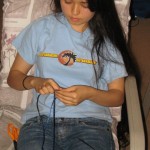
-
I knotted the end of the string, so I could make a timber hitch at the end (for adjustability)
-
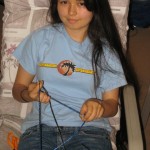
-
Braiding the rest of the string
-
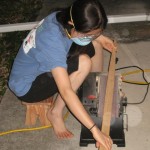
-
Sanding down the belly using the belt sander
-
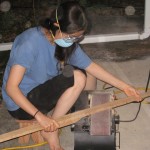
-
Sanding across the belt made it easier to keep the belly flat
-
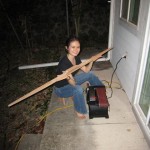
-
Before I started using the belt sander
-
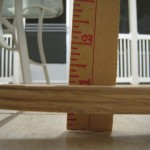
-
There was a bit of warping across the bow- not much though
-
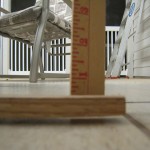
-
Even less warping on this side of the bow
-
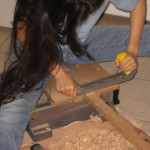
-
A close up of rasping the riser
-
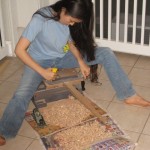
-
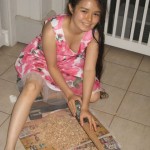
-
Planing down the belly of the bow
-
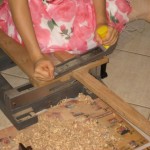
-
I used the rasp to scrape down the parts of the bow that the plane couldn’t, like the riser and the part of the belly the plane couldn’t reach
-
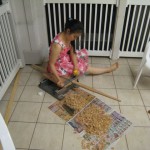
-
Rasping down the riser
-
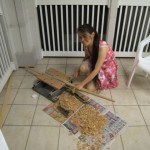
-
Adjusting the bow in the clamp- since the bow was no longer flat, I had to brace it underneath the pillar so it would stay at an angle in the clamp, since the clamp only held a small part of the bow
Time Spent: many hours
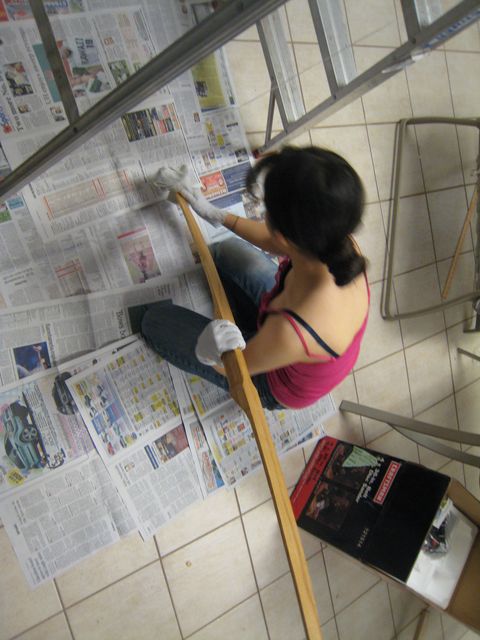 (Worked on May 18, 2009)
(Worked on May 18, 2009)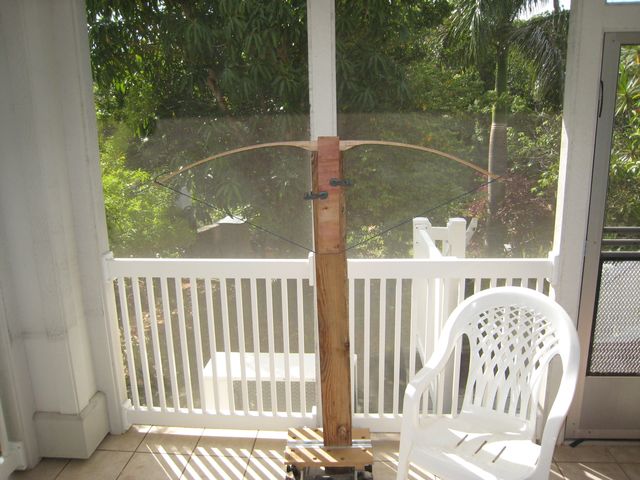 (Worked on May 17,18, 2009)
(Worked on May 17,18, 2009)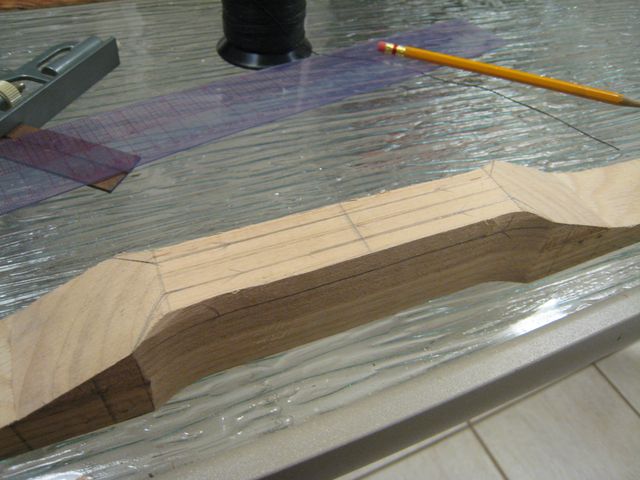 (Worked on May 16,17,18, 2009)
(Worked on May 16,17,18, 2009)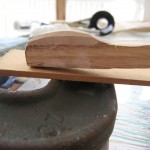
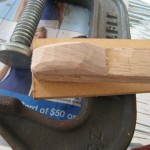
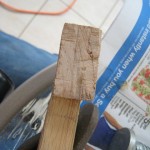
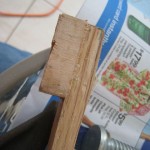
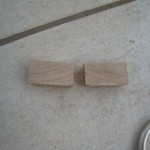
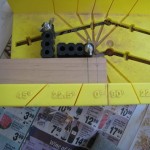
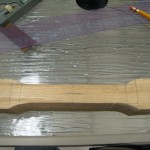
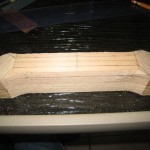
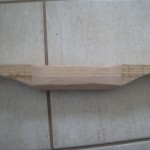
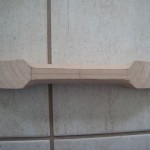
 (Worked on May 9,10,11,12,13,14,15,16,17,18 2009)
(Worked on May 9,10,11,12,13,14,15,16,17,18 2009)












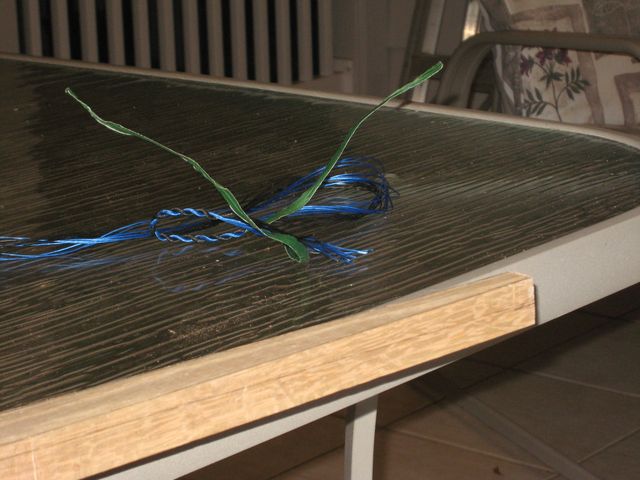 (Worked on May 9, 2009)
(Worked on May 9, 2009)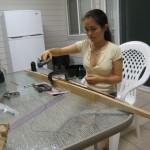
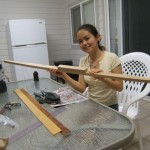
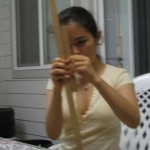


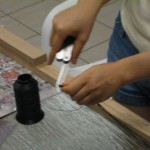
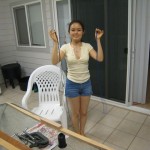
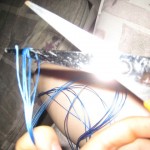
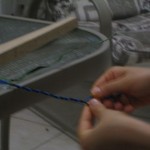
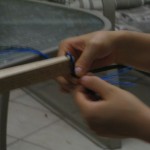
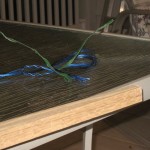
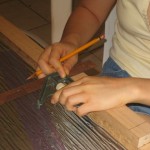
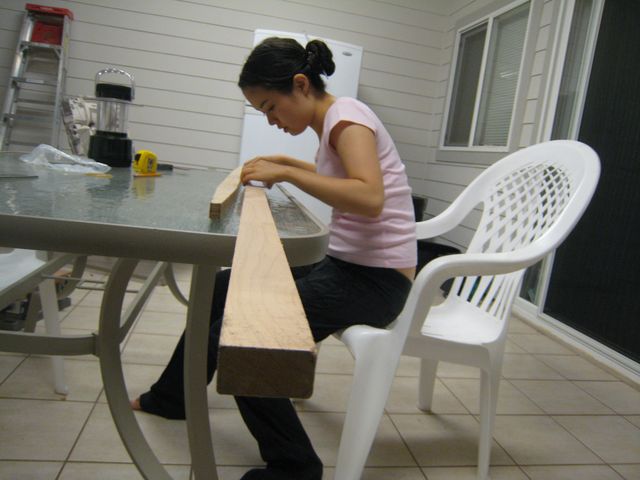 (Worked on May 7, 2009)
(Worked on May 7, 2009)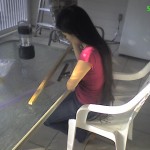
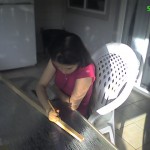
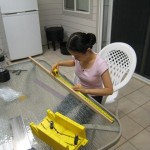
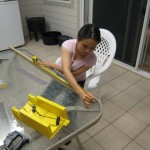
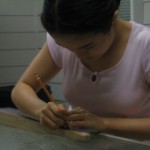
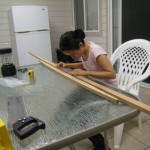
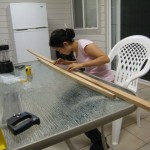
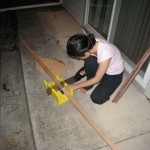
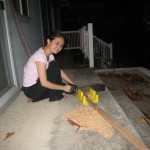
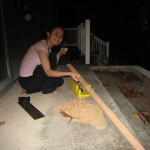
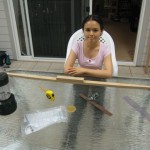
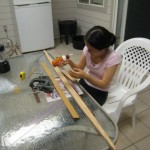
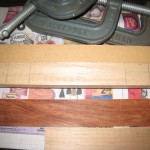
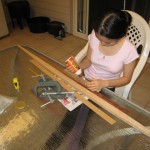
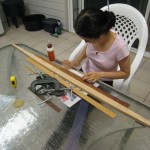
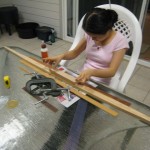
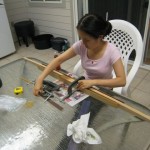
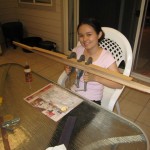
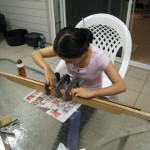
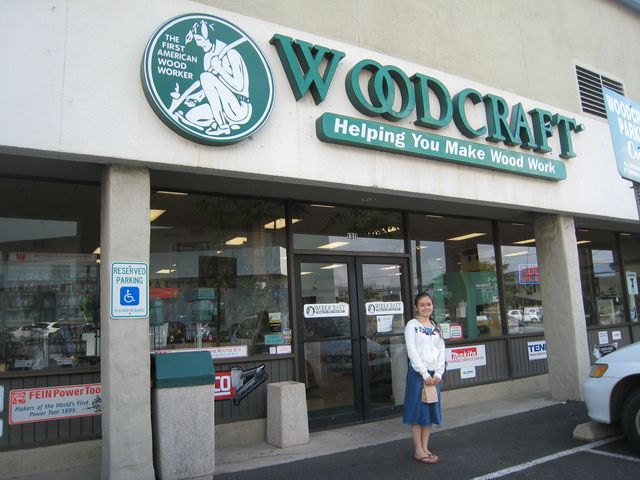 (Worked on May 2,3, 2009)
(Worked on May 2,3, 2009)





